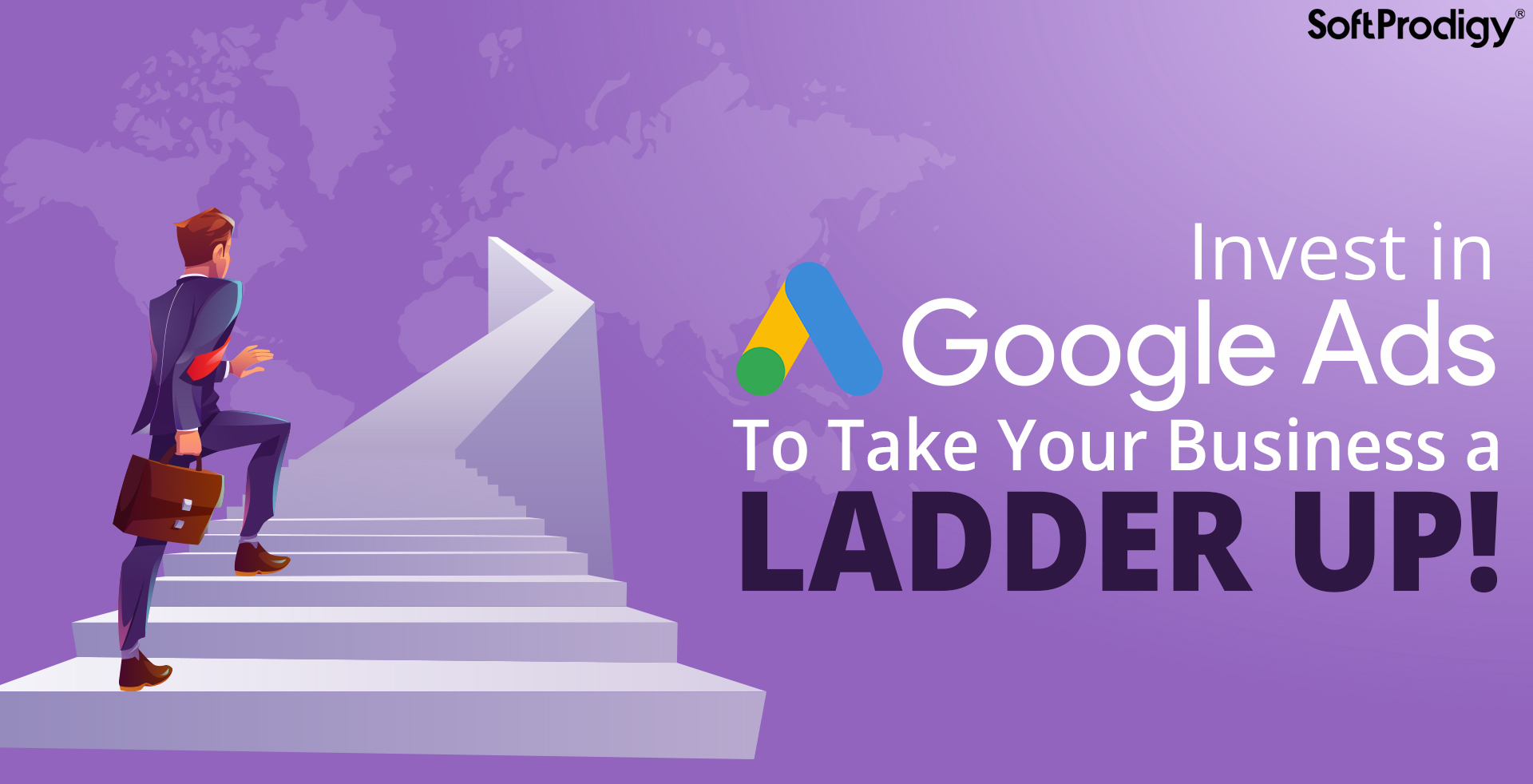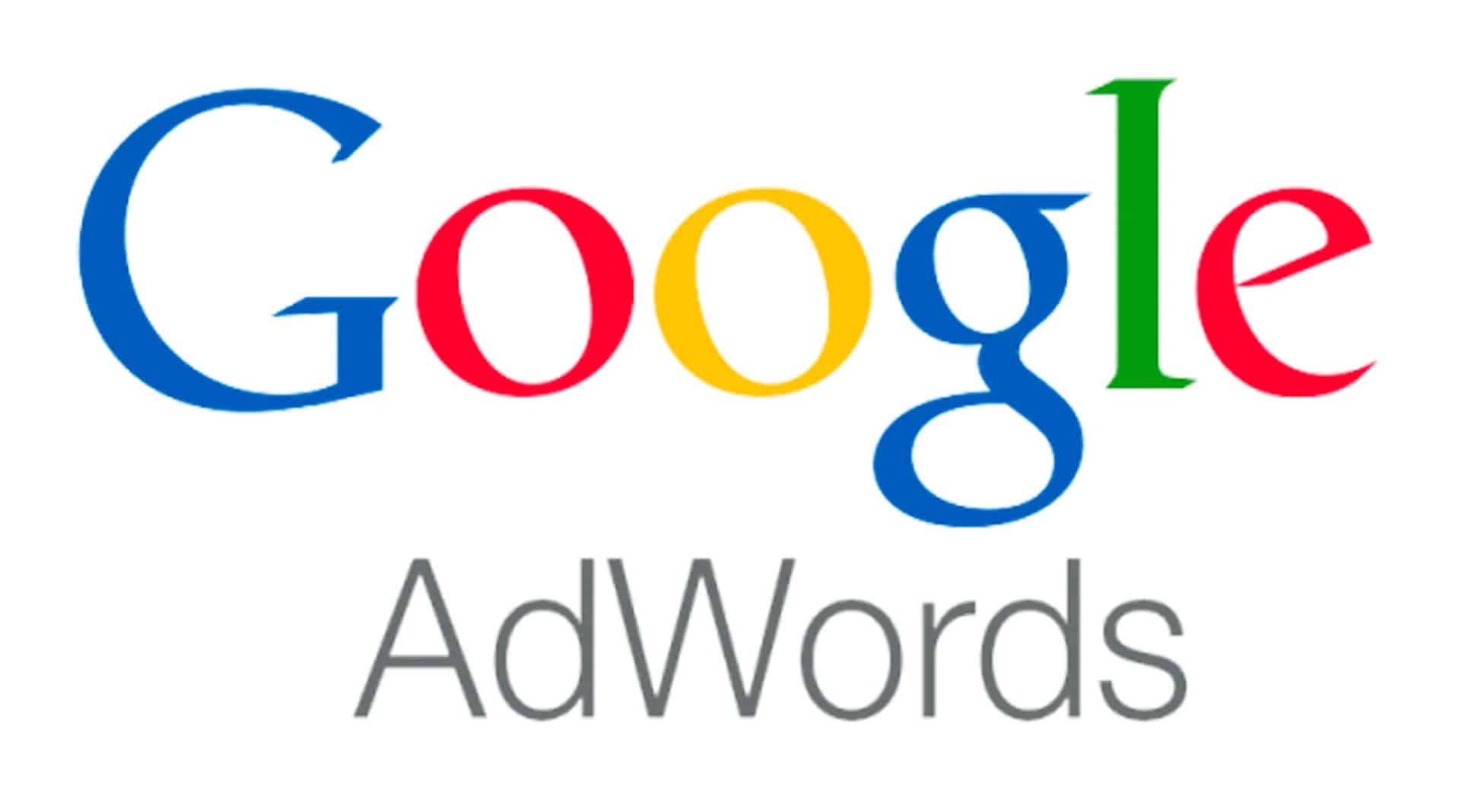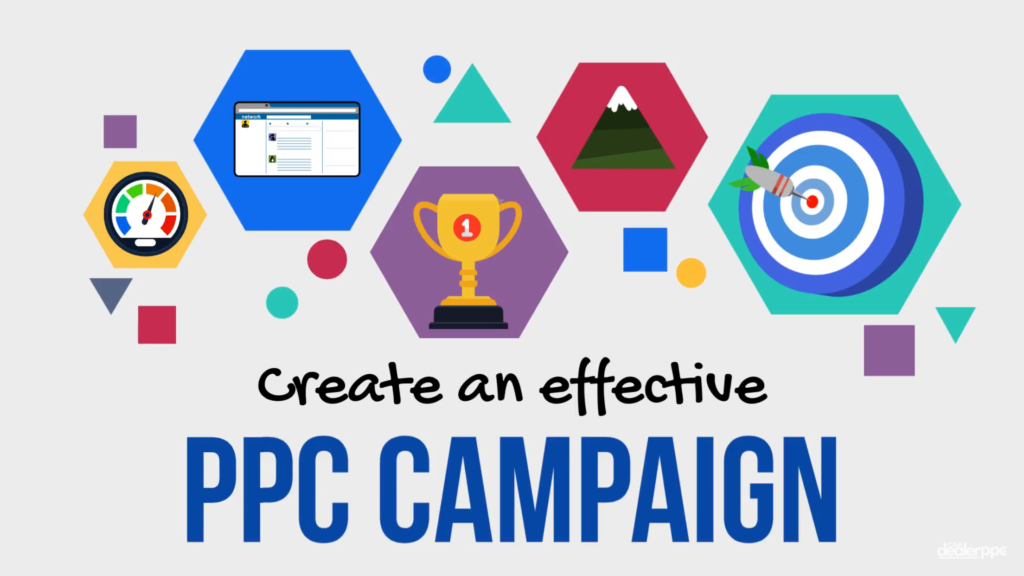Maximize Business Growth with Google Ads

In the vast digital landscape, standing out is no easy feat. Imagine trying to catch a fish in an ocean teeming with anglers. That's what online marketing can feel like without the right tools. Enter Google Ads, a powerful platform that can transform your business marketing strategy and accelerate your growth. Let's dive into the best ways to use Google Ads for business growth, exploring how this robust tool can amplify your online advertising efforts and yield an impressive ROI.
Understanding Google Ads: A Powerful Tool for Business Growth
Google Ads, formerly known as Google AdWords, is an online advertising platform that allows businesses to display ads on Google's search engine and its advertising network. Think of it as a megaphone that amplifies your voice in the crowded digital marketplace. By leveraging Google Ads, you can reach a vast audience, drive targeted traffic to your website, and ultimately, boost your business growth.
Why Google Ads?
- Unparalleled Reach: With billions of searches daily, Google offers an unmatched audience.
- Targeted Advertising: Reach the right people at the right time with precise targeting options.
- Measurable Results: Track your PPC campaigns' performance in real-time and make data-driven decisions.
Best Ways to Use Google Ads for Business Growth
1. Define Your Goals and Target Audience
Before diving into Google Ads, it's crucial to define your business goals and target audience. Are you aiming to increase brand awareness, drive website traffic, or boost sales? Understanding your objectives will guide your PPC campaigns and help you tailor your ads to resonate with your audience.
2. Keyword Research: The Foundation of Successful Campaigns
Keywords are the backbone of Google Ads. They determine when and where your ads appear. Conduct thorough keyword research to identify relevant, high-volume, and low-competition keywords. Tools like Google Keyword Planner can be invaluable in this process.

3. Craft Compelling Ad Copy
Your ad copy is your first impression. Make it count. Use clear, concise, and persuasive language to grab attention and entice clicks. Highlight your unique selling points and include a strong call-to-action (CTA). Remember, you're not just selling a product; you're selling a solution.
4. Optimize Your Landing Pages
A well-crafted ad is only half the battle. Your landing page is where the magic happens. Ensure your landing pages are optimized for conversions, with clear CTAs, fast loading times, and mobile-friendly designs. A seamless user experience can significantly boost your ROI.
5. Leverage Ad Extensions
Ad extensions provide additional information about your business, such as location, phone number, or additional links to your website. They not only enhance your ad's visibility but also improve click-through rates (CTR). Think of ad extensions as the cherry on top of your Google Ads sundae.
6. Monitor and Adjust Your PPC Campaigns
Google Ads is not a set-it-and-forget-it platform. Regularly monitor your campaigns' performance and make data-driven adjustments. Analyze metrics like CTR, conversion rate, and cost per acquisition (CPA) to optimize your ads and maximize your ROI.

7. Explore Different Ad Types
Google Ads offers a variety of ad types, including search ads, display ads, video ads, and shopping ads. Experiment with different formats to see what works best for your business. Diversifying your ad strategy can help you reach a broader audience and drive more conversions.
Maximizing ROI with Google Ads
A/B Testing: The Key to Continuous Improvement
A/B testing is a powerful technique that allows you to compare the performance of two versions of an ad. By testing different headlines, descriptions, or CTAs, you can identify what resonates best with your audience and optimize your ads accordingly.
Bid Strategies: Balancing Cost and Performance
Choosing the right bid strategy is crucial for maximizing your ROI. Google Ads offers various bidding options, from manual CPC (cost-per-click) to automated strategies like Target CPA or Maximize Conversions. Experiment with different strategies to find the best fit for your business goals.
Remarketing: Keeping Your Brand Top of Mind
Remarketing allows you to reach users who have previously interacted with your website or app. By targeting these users with tailored ads, you can keep your brand top of mind and increase the likelihood of conversion. Think of remarketing as a gentle nudge, reminding potential customers of the value you offer.
Conclusion: Unleash Your Business Potential with Google Ads
Google Ads is more than just an advertising platform; it's a powerful tool that can transform your business marketing strategy and accelerate your growth. By leveraging the best ways to use Google Ads for business growth, you can reach a vast audience, drive targeted traffic, and boost your ROI. So, are you ready to unleash your business potential and make a splash in the digital ocean? Dive into Google Ads and watch your business thrive.
FAQs
What is the difference between Google Ads and Google AdWords? Google AdWords was the original name of Google's advertising platform. In 2018, it was rebranded as Google Ads to reflect the platform's expanded capabilities and offerings.
How much does it cost to advertise on Google Ads? The cost of advertising on Google Ads varies depending on factors like your industry, competition, and target keywords. You set your own budget, and you only pay when users interact with your ads.
What is a good click-through rate (CTR) for Google Ads? A good CTR for Google Ads can vary by industry, but the average CTR across all industries is around 3.17% for search ads and 0.46% for display ads. Aiming for a CTR above these averages is a good benchmark.
How can I improve my Quality Score on Google Ads? Improving your Quality Score involves optimizing your ad relevance, landing page experience, and expected CTR. Use relevant keywords, create compelling ad copy, and ensure your landing pages are user-friendly and aligned with your ads.
What is the difference between PPC and SEO? PPC (Pay-Per-Click) advertising, like Google Ads, involves paying for each click on your ads. SEO (Search Engine Optimization) focuses on improving your website's organic ranking in search engine results. Both strategies aim to drive traffic to your website, but they differ in approach and cost.
By embracing Google Ads and implementing these best practices, you can maximize your business growth and achieve remarkable results. So, what are you waiting for? Dive in and watch your business flourish.
Belum ada Komentar untuk "Maximize Business Growth with Google Ads"
Posting Komentar